Editing Hava cloud diagrams using draw.io (diagrams.net)
Edit your automatically generated hava AWS, GCP, and Azure infrastructure diagrams using draw.io saving hours of tedious manual drag and drop labour.
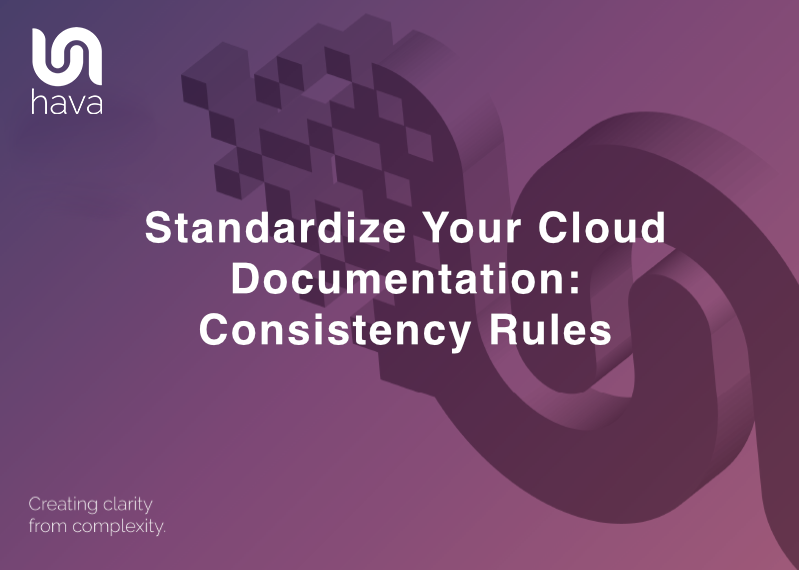
Standardised documentation, particularly in the realm of cloud infrastructure, is a critical component for ensuring clear understanding and efficient operations across an organization. When we talk about infrastructure visibility and understanding, we're referring to the ability of both technical and non-technical stakeholders to comprehend the structure, function, and interdependencies of the various components within a cloud environment.
Hava.io's automated generation of visual diagrams and documentation plays a pivotal role in this. These diagrams provide a graphical representation of cloud infrastructure, making it easier for everyone to grasp the overall architecture and the relationships between different resources. For technical teams, these diagrams can serve as a roadmap, guiding them through the complexities of the infrastructure, aiding in troubleshooting, and helping them make informed decisions about modifications or enhancements.
For non-technical stakeholders, such as executives or project managers, these visualizations can demystify the often complex nature of cloud infrastructure. They provide a high-level view of the system, helping them understand the scope and scale of our operations, and enabling them to make strategic decisions based on a solid understanding of our infrastructure.
In essence, standardised documentation generated by Hava.io ensures that everyone is on the same page, reducing confusion, enhancing communication, and ultimately leading to more efficient and effective management of our cloud infrastructure.
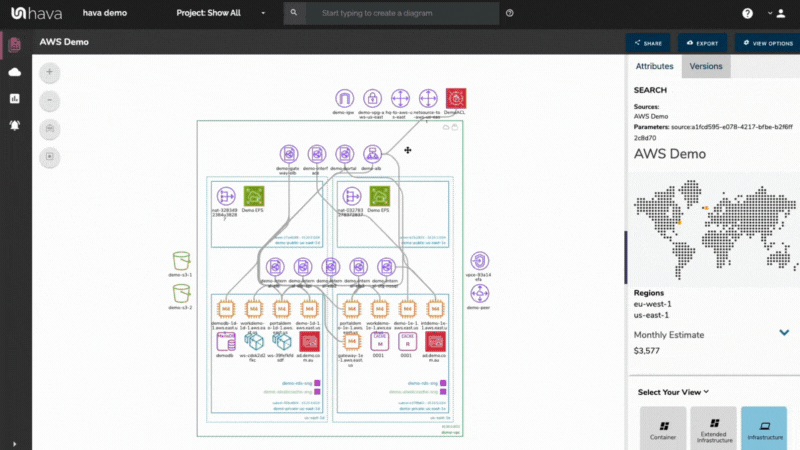
The concept of standardization and consistency in documentation, especially in the context of cloud infrastructure, cannot be overstated. It is a fundamental aspect that ensures everyone within the organization, regardless of their role or technical expertise, can understand, interpret, and utilize the documentation effectively.
Once you are familiar with the style and layout of infrastructure documentation you can immediately grasp what is going on. Whether it's an environment you built from the ground up or a client environment you got handed ten minutes ago.
Hava.io's role in fostering standardization and consistency is significant. The platform automatically generates documentation following a consistent format and structure. This uniformity eliminates the confusion that can arise from disparate documentation styles, making it easier for all teams - engineering, support, security, and even executive - to comprehend and use the documentation. It reduces the risk of misinterpretation or errors that can occur when navigating through inconsistently formatted or structured documentation.
Moreover, this standardization extends beyond just the format. It also ensures consistency in the level of detail, the terminology used, and the way information is presented. This means that regardless of who is viewing the documentation or what their purpose is, they can expect to find the information they need in a format they are familiar with.
The benefits of such standardization are manyfold. It streamlines communication, as everyone is working from the same playbook. It enhances efficiency, as less time is spent trying to understand the documentation and more time is spent utilizing the information it provides. It also improves the quality of work, as the chances of errors stemming from misunderstood or overlooked information are significantly reduced. In essence, standardization and consistency in documentation, facilitated by Hava.io, are key to a more effective, efficient, and error-free management of our cloud infrastructure.
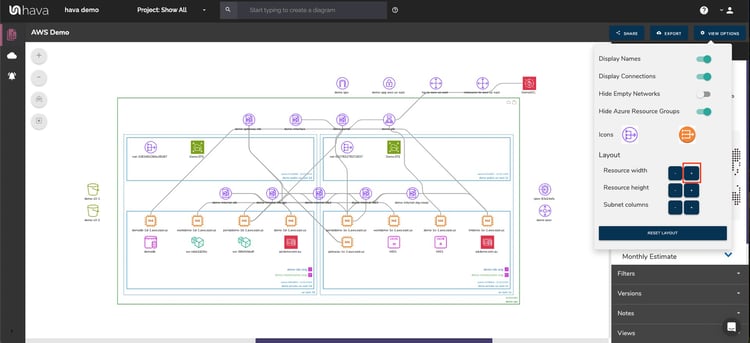
Change management is a critical aspect of maintaining and evolving cloud infrastructure. It involves tracking and managing changes to the infrastructure to prevent disruptions, maintain security, and ensure efficient operations. Hava.io plays a crucial role in facilitating effective change management through its automated documentation and versioning capabilities.
Hava.io keeps a history of your infrastructure, documenting every change made. This allows you to track changes over time, understand the impact of those changes, and if necessary, revert to a previous state. This historical record is invaluable when troubleshooting issues, as it allows you to identify exactly when a problem started and what changes may have caused it.
Moreover, Hava.io's versioning system provides a clear and detailed view of the evolution of your infrastructure. You can see how your infrastructure has grown and changed, which resources have been added or removed, and how configurations have been altered. This insight can guide strategic decisions about future changes and improvements.
The benefits of this approach to change management are significant. It provides a safety net, allowing you to quickly recover from problematic changes. It enhances your understanding of your infrastructure and how it evolves, leading to more informed decision-making.
Using Hava's built in architectural monitoring alerts, you can be proactive when things change, especially if that change is unexpected. When a resource is added or removed from an environment you are monitoring, Hava can send you an alert via email or other channels that contains a Diff diagram showing the changes. This allows you to not only stay on top of and better manage change, but also pick up potential problems before too much damage is done.
In essence, Hava.io's documentation and versioning capabilities are key to effective change management in your cloud infrastructure.
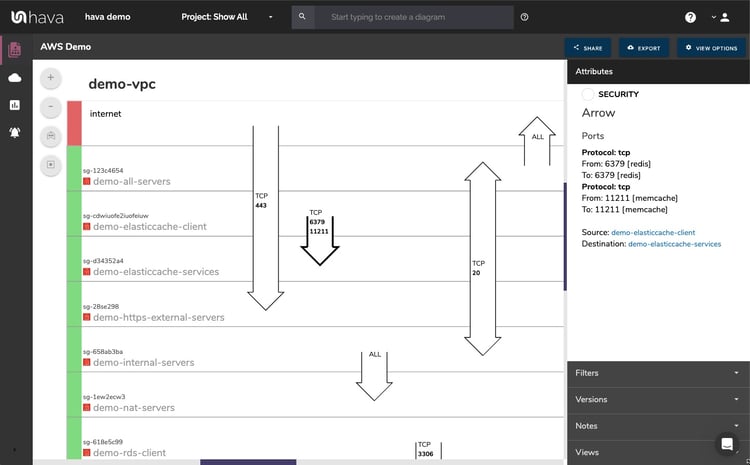
Security and compliance are paramount in the management of cloud infrastructure. They ensure that your systems are protected against threats and that you meet the necessary regulatory standards. Hava.io's automated documentation plays a vital role in supporting these objectives.
The documentation generated by Hava.io provides a comprehensive view of your cloud infrastructure, including its security configurations. This can help us identify potential security issues, such as misconfigured security groups, improperly set access controls, or public-facing resources that should be private. By having this information readily available, you can proactively address these issues and strengthen our security posture.
In terms of compliance, the detailed documentation can serve as evidence that you are adhering to various security standards and regulations. Whether it's SOC, HIPAA, or any other regulatory framework, you can use Hava.io's documentation to demonstrate your compliance. This can simplify audits and reduce the risk of non-compliance penalties.
Furthermore, Hava.io's versioning system can help you track changes to your security configurations over time. This can be particularly useful in incident response and forensic investigations, as it allows you to determine the state of your infrastructure at any given point in time.
In essence, the standardized documentation produced by Hava.io not only enhances your security and compliance efforts but also provides a clear, auditable record of your infrastructure's state and changes. This contributes to a more secure, compliant, and trustworthy cloud environment.
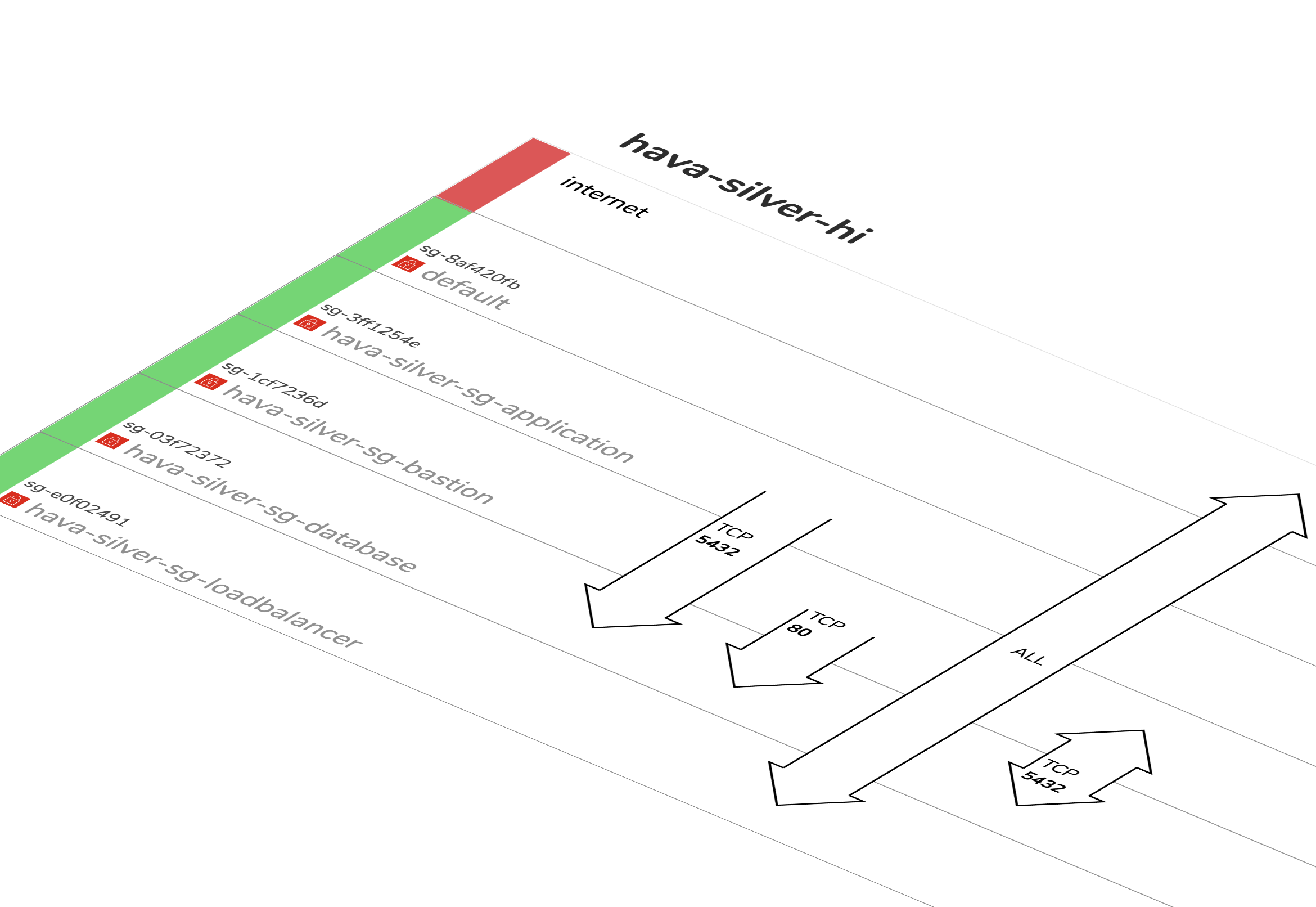
Disaster recovery planning is a crucial aspect of managing cloud infrastructure. It involves preparing for and responding to incidents that could disrupt your services, from minor outages to major disasters. Hava.io's automated documentation can significantly enhance your disaster recovery efforts.
The detailed infrastructure diagrams and documentation generated by Hava.io provide a comprehensive view of your cloud environment. This visibility is essential for effective disaster recovery planning. It allows you to understand the structure and interdependencies of your infrastructure, which in turn helps you identify potential vulnerabilities and single points of failure. By addressing these issues proactively, you can enhance the resilience of our infrastructure and reduce the impact of any disruptions.
When your VPCs are logically laid out showing the availability zones, subnets and the resources running inside them, you can interpret at a glance what would happen should an AZ outage occur. You can then ensure you have the infrastructure spun up to ensure your applications persist.
Moreover, Hava.io's versioning system provides a historical record of your infrastructure. This can be invaluable in a disaster recovery scenario. If your infrastructure is disrupted or damaged, you can use this record to understand what your infrastructure looked like before the incident and to guide your recovery efforts. It can also help you identify what changes may have contributed to the incident, allowing you to avoid similar issues in the future.
The standardized documentation produced by Hava.io provides a foundation for effective disaster recovery planning. It enhances your understanding of your infrastructure, guides your recovery efforts, and helps your team build a more resilient cloud environment.
Cost management is a critical aspect of cloud management. It involves monitoring and controlling the costs associated with your cloud resources to ensure you're getting the most value from your investment. Hava.io's automated documentation can significantly enhance your cost management efforts.
Hava.io provides insights into the cost of our cloud resources. It does this by documenting each resource and its associated estimated cost, giving you a clear picture of where our cloud spending is going. This visibility is essential for effective cost management. It allows you to easily identify which resources are driving your costs and to make informed decisions about where to invest and where to cut back.
Moreover, the detailed documentation can help you identify cost-saving opportunities. For example, you might find that you're paying for resources that are underutilized or not used at all. Or you might discover that you could save money by switching to a different resource type or scaling down a resource during off-peak times. By highlighting these opportunities, Hava.io's documentation can help you optimize your cloud spending.
Having consistent diagrams showing cost estimates on a per-resource basis enables you to always know where to look and how to identify the most expensive resources in any environment, even if you only just inherited it.
The standardized documentation produced by Hava.io provides a foundation for effective cost management. It enhances your visibility into your cloud spending, helps you identify cost-saving opportunities, and guides your investment decisions. This can lead to significant cost savings and a more efficient use of your cloud resources.
Onboarding and training are essential processes within any organization, particularly in technical teams dealing with complex cloud infrastructure and applications. The standardized documentation generated by Hava.io can significantly enhance these processes, making them more efficient and effective.
For new team members, whether they are engineers, support staff, or security personnel, understanding the organization's cloud infrastructure is a crucial part of their onboarding. The detailed and standardized documentation provided by Hava.io can speed up this process. It gives new hires a clear, comprehensive view of the infrastructure they will be working with, helping them get up to speed quickly.
The benefits extend beyond just onboarding. The documentation can also serve as a valuable resource for ongoing training purposes. Team members can refer to it to refresh their understanding of the infrastructure, learn about new additions or changes, or deepen their knowledge of specific areas. This can enhance their skills and performance, leading to better outcomes for the team and the organization as a whole.
When you are familiar with the documentation layouts and data presented by Hava, you can immediately get to grips with new client and project infrastructure, massively reducing the time it takes to onboard or understand the new environment.
The standardized documentation produced by Hava.io is not just a tool for managing your cloud infrastructure. It's also a valuable resource for onboarding and training your team members, helping them become more knowledgeable, capable, and effective in their roles.
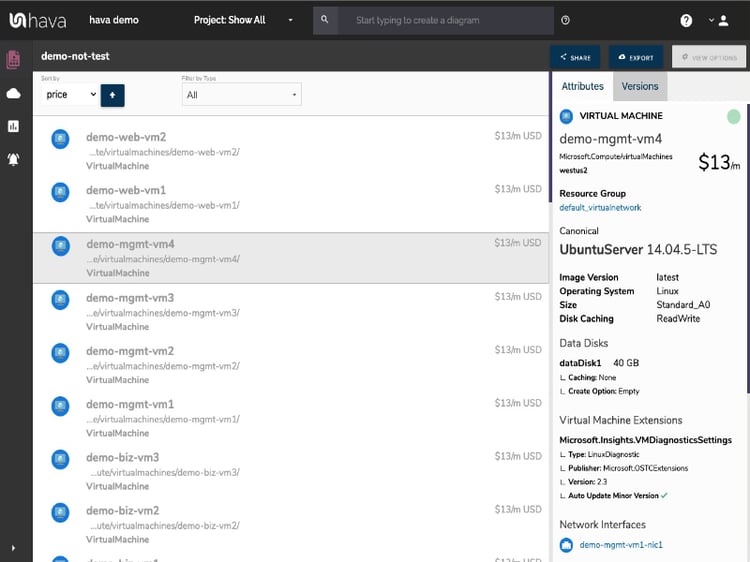
Troubleshooting and support are integral parts of managing a cloud infrastructure. They involve identifying and resolving issues that may affect the performance, security, or availability of your services. The standardized documentation generated by Hava.io can significantly enhance these processes, making them more efficient and effective.
When an issue arises, the first step in troubleshooting is understanding the context. This involves knowing what resources are involved, how they're configured, and how they interact with each other. The detailed documentation provided by Hava.io gives support teams this context. It provides a comprehensive view of your infrastructure, helping you quickly identify where issues may be occurring.
Moreover, Hava.io's versioning system can be particularly useful in troubleshooting. It allows you to track changes to your infrastructure over time. If an issue arises, you can use this history to identify what changes were made before the issue started. This can help pinpoint the cause of the issue and guide your efforts to resolve it faster.
In essence, the standardized documentation produced by Hava.io is a powerful tool for troubleshooting and support. It provides the context and history needed to quickly identify and resolve issues, leading to less downtime, better performance, and a higher quality of service for your users.
Infrastructure optimization is a continuous process in cloud management. It involves regularly reviewing and adjusting your cloud resources to ensure they are efficient, cost-effective, and meeting your needs. It's at the core of effective FinOps. The standardized documentation generated by Hava.io can significantly enhance your infrastructure optimization efforts.
The detailed documentation provides a comprehensive view of your cloud infrastructure, including the configuration and estimated cost of each resource. This visibility is essential for effective optimization. It allows you to identify underutilized resources, inefficiencies, or areas where you might be overspending. By addressing these issues, you can improve the performance of your infrastructure and reduce your costs.
Moreover, Hava.io's versioning system provides a historical record of your infrastructure. This can be particularly useful in optimization efforts. By reviewing this history, you can see how your infrastructure has evolved over time, identify trends, and make informed decisions about future changes and improvements.
The standardized documentation produced by Hava.io provides a foundation for effective infrastructure optimization. It enhances your visibility into your infrastructure, helps you identify opportunities for improvement, and guides your optimization efforts. This can lead to significant performance improvements, cost savings, and a more efficient and effective cloud infrastructure.
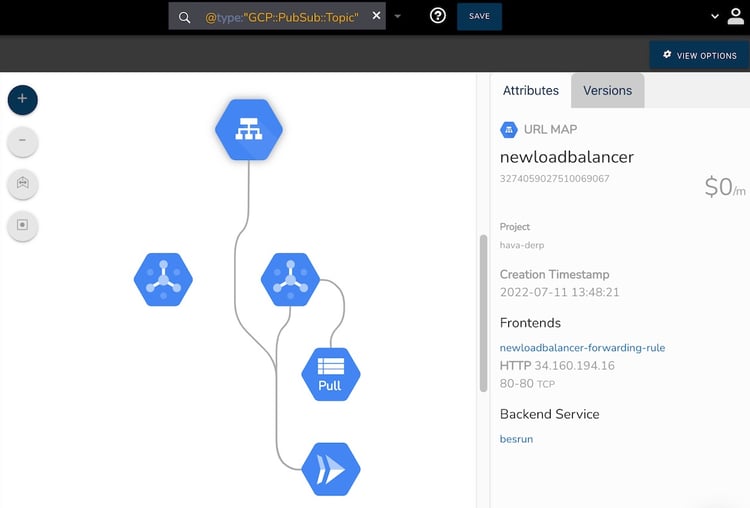
Collaboration and communication are key to the successful management of cloud infrastructure, especially in a DevOps environment where development, operations, and security teams need to work closely together. The standardized documentation produced by Hava.io can significantly enhance these aspects, fostering better teamwork and more efficient operations.
Hava.io's documentation provides a common language and reference for all teams. Regardless of their specific roles or technical expertise, everyone can refer to the same set of diagrams and documents to understand the state of your infrastructure. This shared understanding can improve communication, as everyone is working from the same playbook and using the same terminology.
Moreover, the documentation can facilitate collaboration on projects or issues. For example, if a new feature is being developed, the development, operations, and security teams can all refer to the same documentation to understand how the feature will interact with our existing infrastructure. This can help them work together more effectively to design, implement, and troubleshoot the feature.
The standardized documentation produced by Hava.io is more than just a tool for managing your cloud infrastructure. It's also a catalyst for collaboration and communication as well as all the topics covered in this article, helping your teams work together more effectively and efficiently. This can lead to better outcomes, from faster project delivery to more robust and reliable infrastructure.
Top cloud teams all over the globe are leveraging Hava to visualize and manage their cloud infrastructure.
They are benefiting from:
If you are not yet leveraging Hava for all the reasons discussed in this article, you can check it out via a completely free 14 day trial, no strings and no credit card required.

If you would like to arrange a personal live 1:1 screen share demo, or discuss if self-hosted is right for your organisation, please get in touch via chat or the contact page.
Thanks for reading.
Edit your automatically generated hava AWS, GCP, and Azure infrastructure diagrams using draw.io saving hours of tedious manual drag and drop labour.
Tags and Labels on AWS, GCP, and Azure resources give you the flexibility to control automation and reporting and in particular Hava's automated...
Hava automated cloud diagram and visualization software has a new UI that provides improved navigation and more screen area to view your interactive...